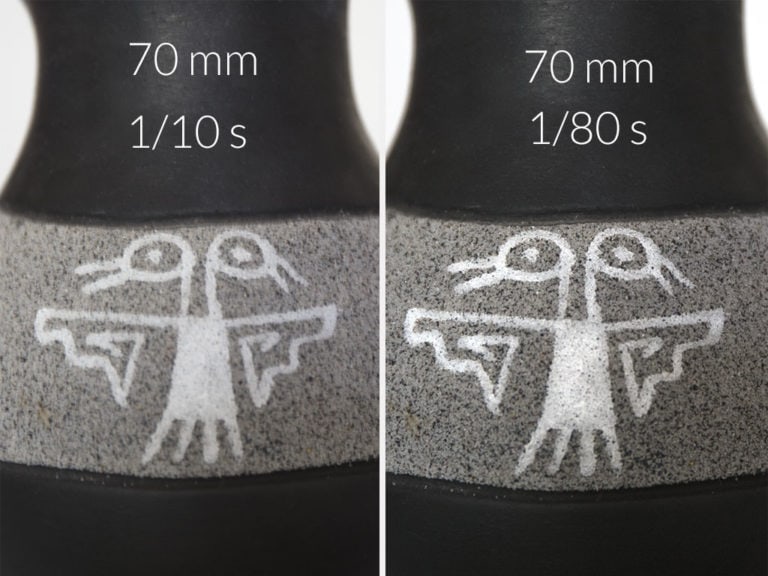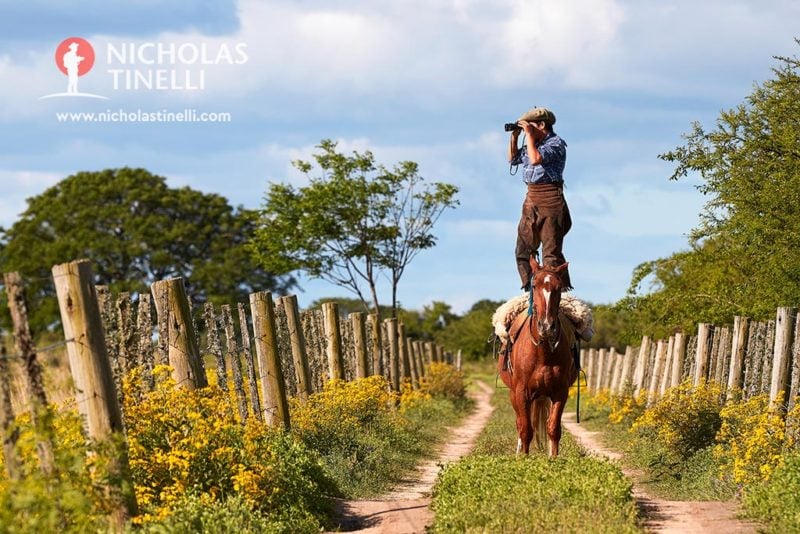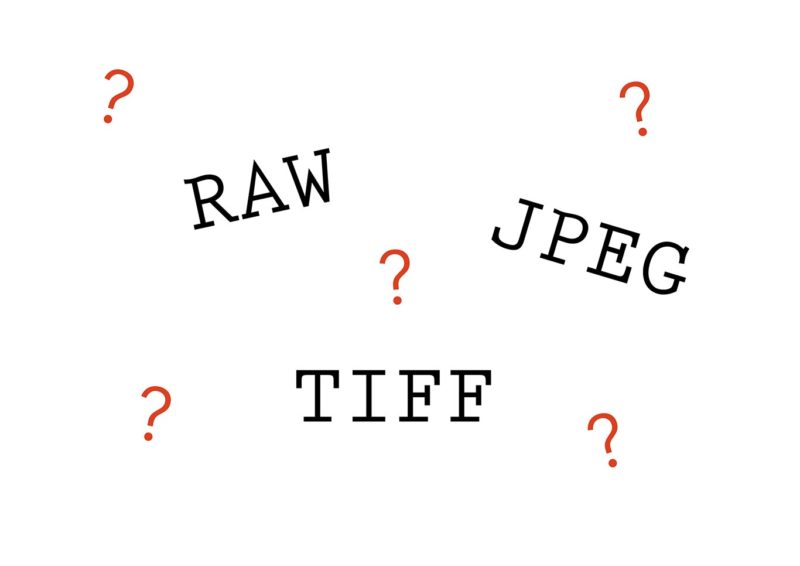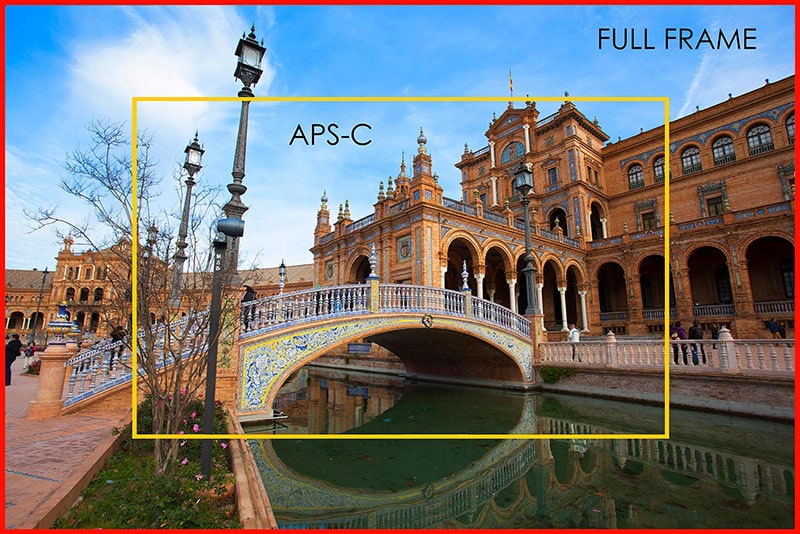Sometimes you may find yourself with photographs that are not perfectly sharp and often the problem is due to the “vibration blur” (or “camera shake”), the movement generated by the vibrations of the camera.
In order to understand how to solve this problem, in this article we will go into depth on the Reciprocal Rule, a fundamental basis for the study and practice of photography, which is always useful in all situations where you do not have a tripod.
What is the Reciprocal Rule?
According to this rule, when taking a picture, you should use a minimum shutter speed equivalent to the set focal length, to avoid the risk of “micro blurring” and unclear images.
It is described through a simple mathematical formula:
Shutter Speed = 1 / (Focal Distance)
When should it be used?
Always. This applies to any situation where you are not using a tripod, especially when using large focal lengths.
Let's see a practical example:
If you use a focal length of 30 mm, the minimum shutter speed to set will be 1/30; with a focal length of 100 mm, the minimum shutter speed to obtain a sharp image will be 1/100.
The minimum shutter speed should be the same and never less than the focal length.
In the example below I took two pictures without tripod from the same distance and focal lenght (70mm) with a Full Frame sensor. In the first one I used a shutter speed of 1/10 s and in the second image a 1/80 s.
As you can see, the figure in the first picture are blurred compared to the second one. This is due to an improper shutter speed. Applying the Reciprocal Rule, with 1/80s, I made sure to obtain a sharp result.

How does it relate to the Crop Factor?
To correctly apply the Reciprocal Rule you must take into account the size of the sensor, in fact what said so far is valid on Full Frame sensors. In case of smaller sensors, such as the widespread APS-C, you will have to apply the crop factor to the formula.
If you want to deepen the topic of sensors and crop factor take a look at this article I wrote before continuing the reading.
The updated rule will then be:
Shutter Speed = 1 / (Focal Distance x Crop Factor of the sensor)
Returning to the previous practical example:
Applying a crop factor of 1.5 at a focal length of 30mm you will get 1/45 (equal to 0.2222 seconds). At 100mm, you will get 1/150 (about 0.006666 seconds).
It is therefore clear that the minimum shutter speed to be set with sensors smaller than Full Frame will be higher (faster).
A note about the Image Stabilizer:
If your lens or camera has this technology, you can reduce the shutter speed to numbers below what the “Reciprocal Rule” suggests. In any case, you should always take this rule into account.
Any other tips to avoid the "camera shake"?
Take a look at this article on the 8 aspects to take into account to get sharp images. In points 2, 4, 5 and 7 you will find other suggestions to avoid this kind of problem.
I hope the article is useful to you and that this rule will always accompany you on your journey in photography. If you have any doubts or comments about it you can write to me in the box below.








